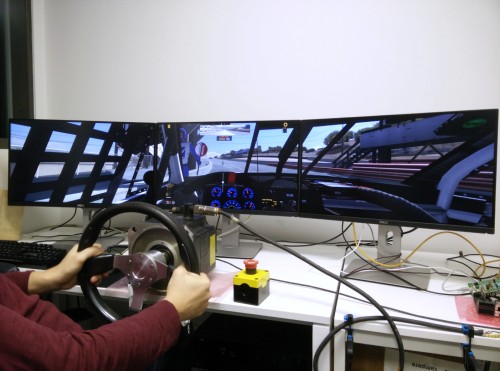To celebrate the new year 2016, we have released a new IONI firmware version 1.4.0. It includes rewritten torque controller that uses 32 bit floating point precision arithmetics instead of integer arithmetics. As IONI has hardware FPU, it yielded faster code execution time as well. This makes more room for the new upcoming features.
- Improvements
- IONI Pro HC model maximum output current in AC/BLDC/Stepper modes increased to 25A (was 23A)
- Re-implemented torque controller using 32 bit floating point arithmetics instead of integer arithmetics (at least theoretical precision improvement)
- DC motor mode no longer requires parallel connection of drive output phases if current is at most 50% of drive’s maximum output current capability (sensitivity of overcurrent fault with Fault ID 440219 is greatly reduced).
- Fixes
- Changed limit switch polarity: earlier limit switches needed to be normally open (NO), while drive specifications say that they are normally closed type (NC). Now limit switchers are NC (switch conducting -> motion allowed, switch open -> motion stops).
- Fix an issue where AC/BLDC motor initialization could become incorrectly phased when Hall sensors are enabled
- Address an issue where torque was 5% lower than setpoint with TBW parameter value of 4700 Hz
Get it from here.


